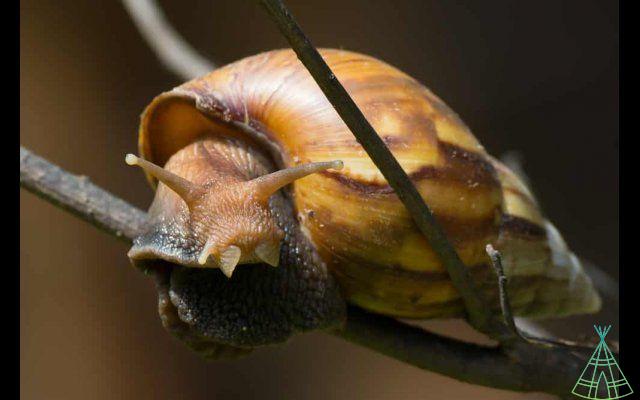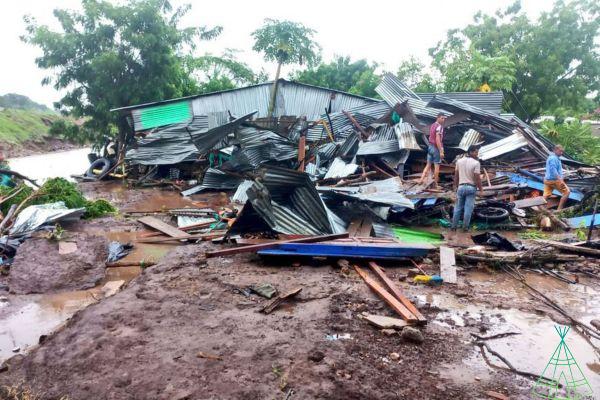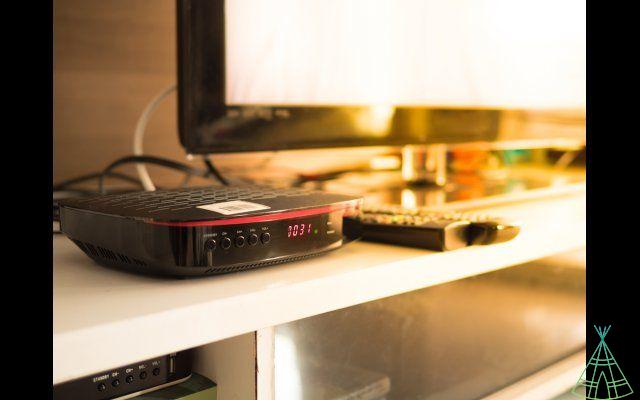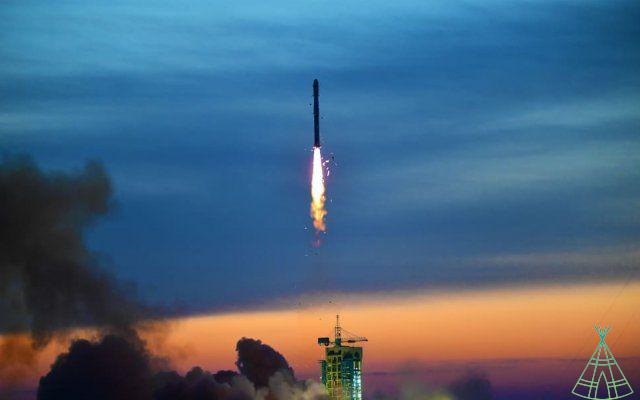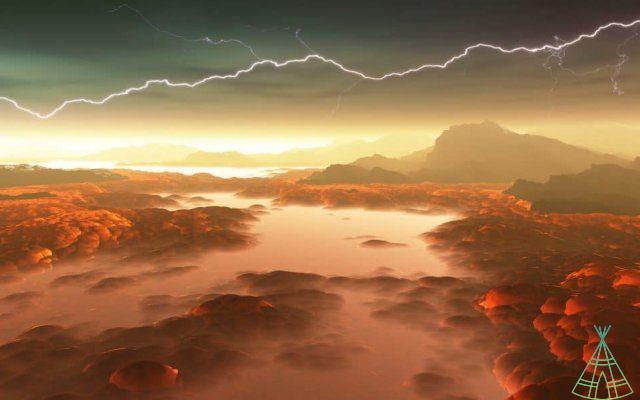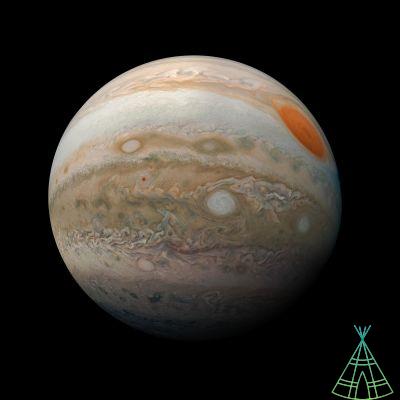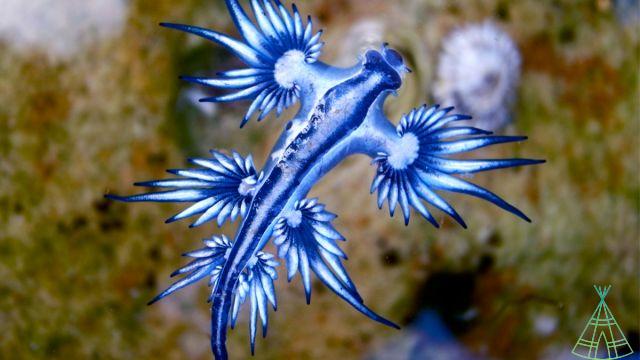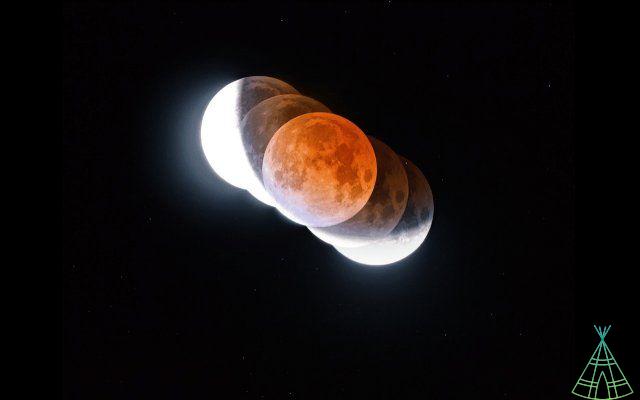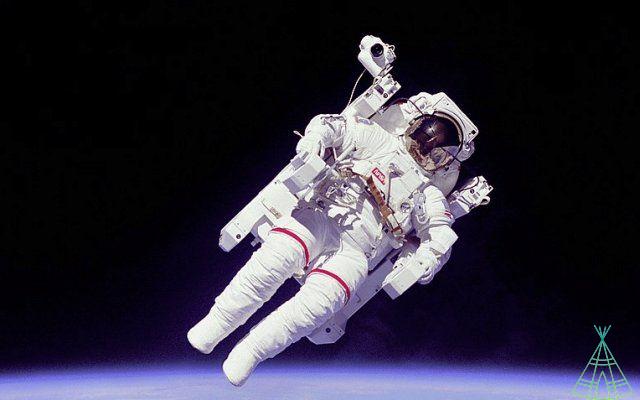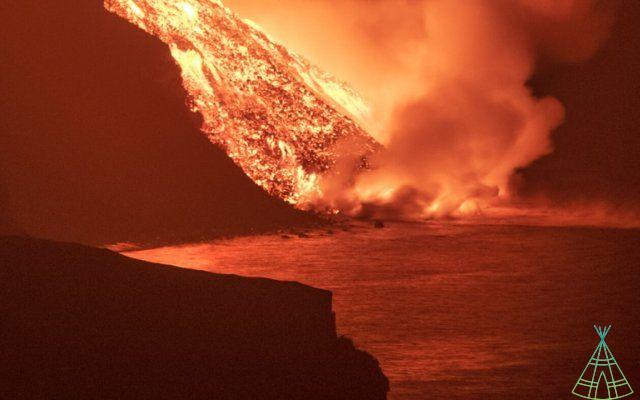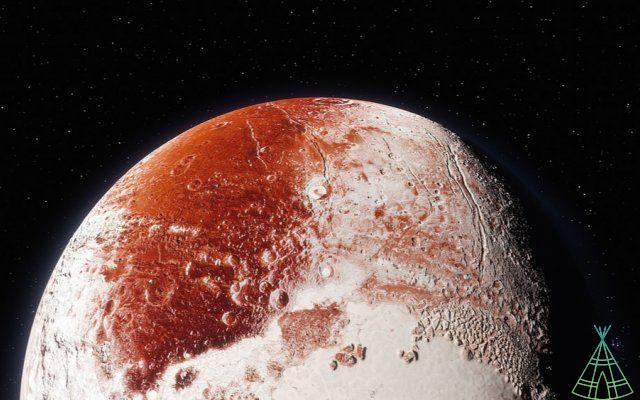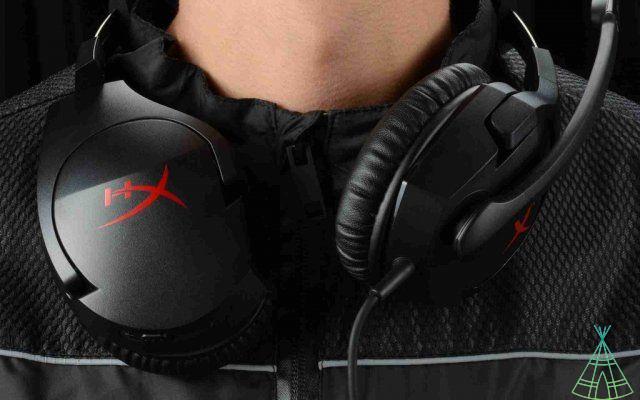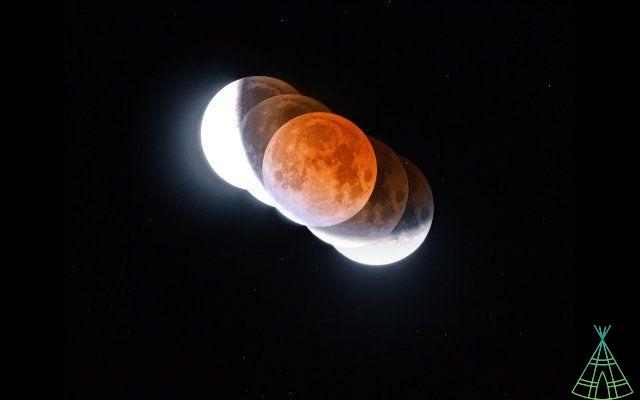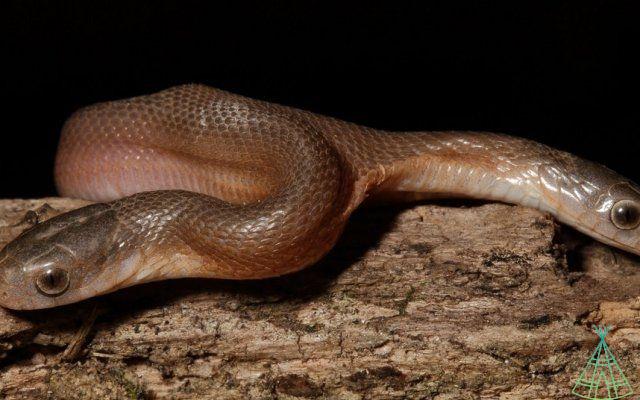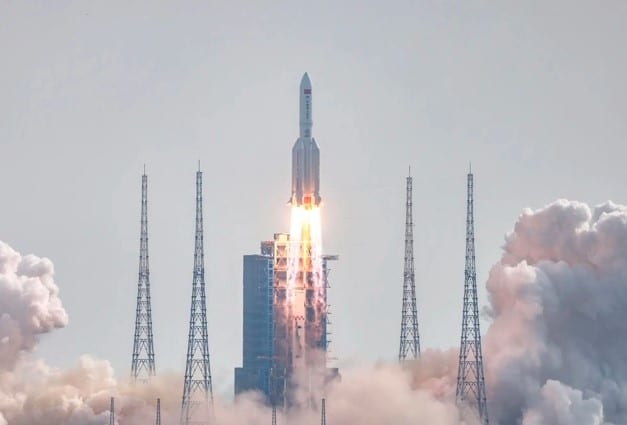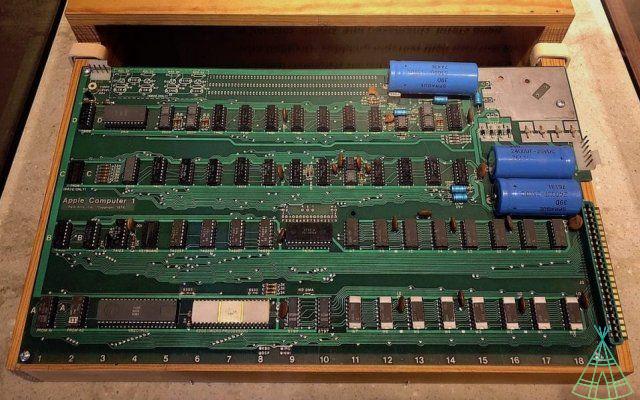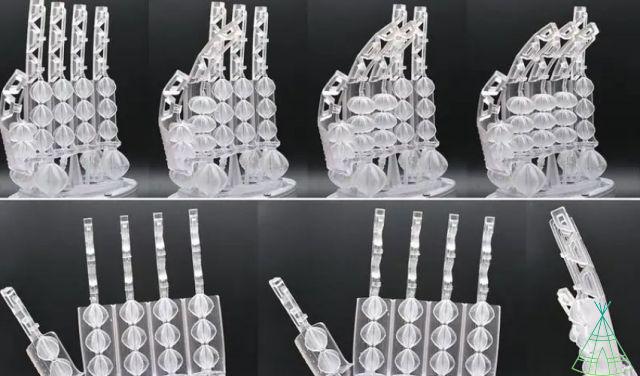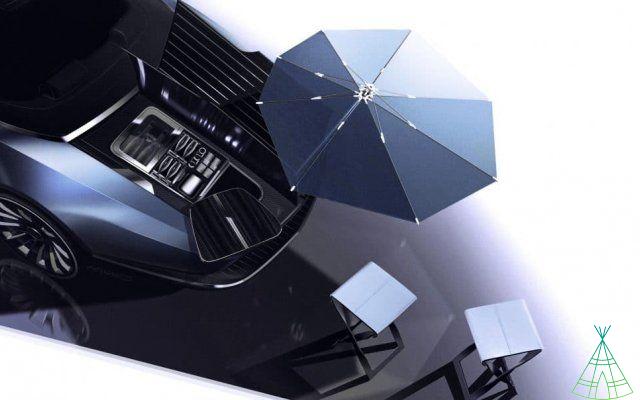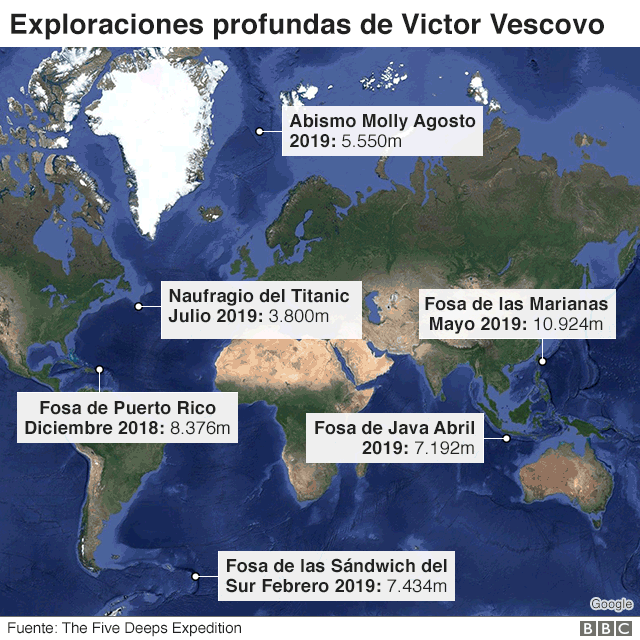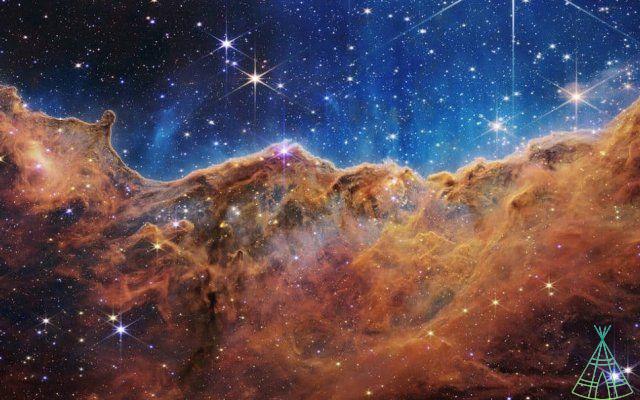At the end of May, the James Webb Space Telescope was hit by small meteorites, as reported by the Technology Refugee🇧🇷 According to NASA, one of the 18 mirrors of the observatory was hit, suffering damage without major proportions – which can be seen in this image.
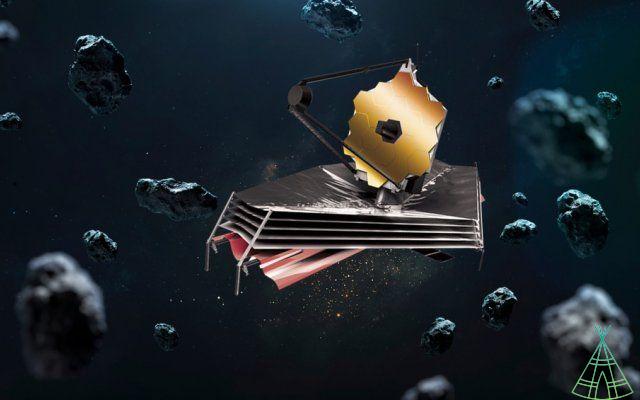
This was not the only incident of the type with equipment worth more than US$10 billion (more than R$53 billion at current exchange rates). "We've experienced 14 measurable micrometeoroid impacts on our primary mirror and we're averaging one to two per month as predicted," Webb mission systems engineer Mike Menzel said in a statement.
According to Menzel, the May incident was larger than expectations and pre-launch models, raising staff concerns. "However, even after such an event, our current optical performance is still twice as good as our requirements."
Although these collisions, in general, are within the forecast and the telescope has been prepared to face them, the scientists chose to adjust its orbit, which is a way to avoid more serious impacts.
NASA convened a group of optics and micrometeoroid experts from Team Webb, the telescope's mirror manufacturer, the Space Telescope Science Institute (STScI), and the Office of Meteoroid Environments to investigate the situation.
After a thorough analysis, the team concluded that the impact observed in May was a statistically rare event, both in terms of energy and because it hit a particularly sensitive spot on the primary mirror.
Read more:
- NASA hits the hammer: it will not change the name of the James Webb telescope
- Does the James Webb Telescope travel through time?
- James Webb Captures Unseen New Details of the Early Universe
“Micrometeoroids hitting the mirror head-on (moving in the opposite direction the telescope is moving) have twice the relative velocity and four times the kinetic energy, so avoiding that direction when feasible will help extend performance. exquisite optics for decades,” said Lee Feinberg, manager of optical elements at Webb.
This, according to NASA's unicado, does not mean that these areas of the sky cannot be observed, just that the captures and analyzes of these objects will be done more safely in a different stage, when Webb is in another place of its orbit, the so-called meteoroid prevention zone, which will be implemented from the second scientific year of the telescope, the “Cycle 2”.
Have watched the new videos on YouTube from Technology Refugee? Subscribe to the channel!




